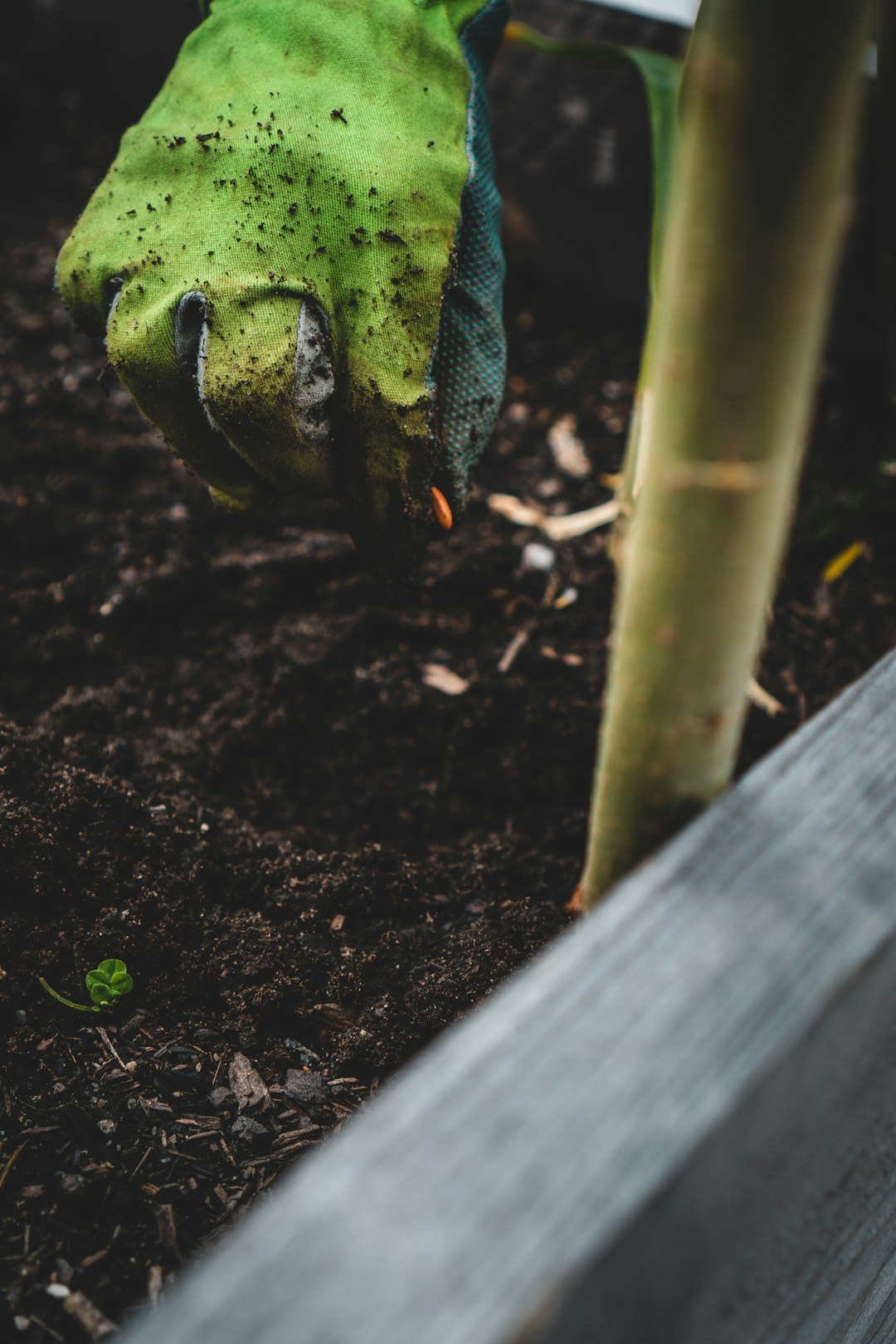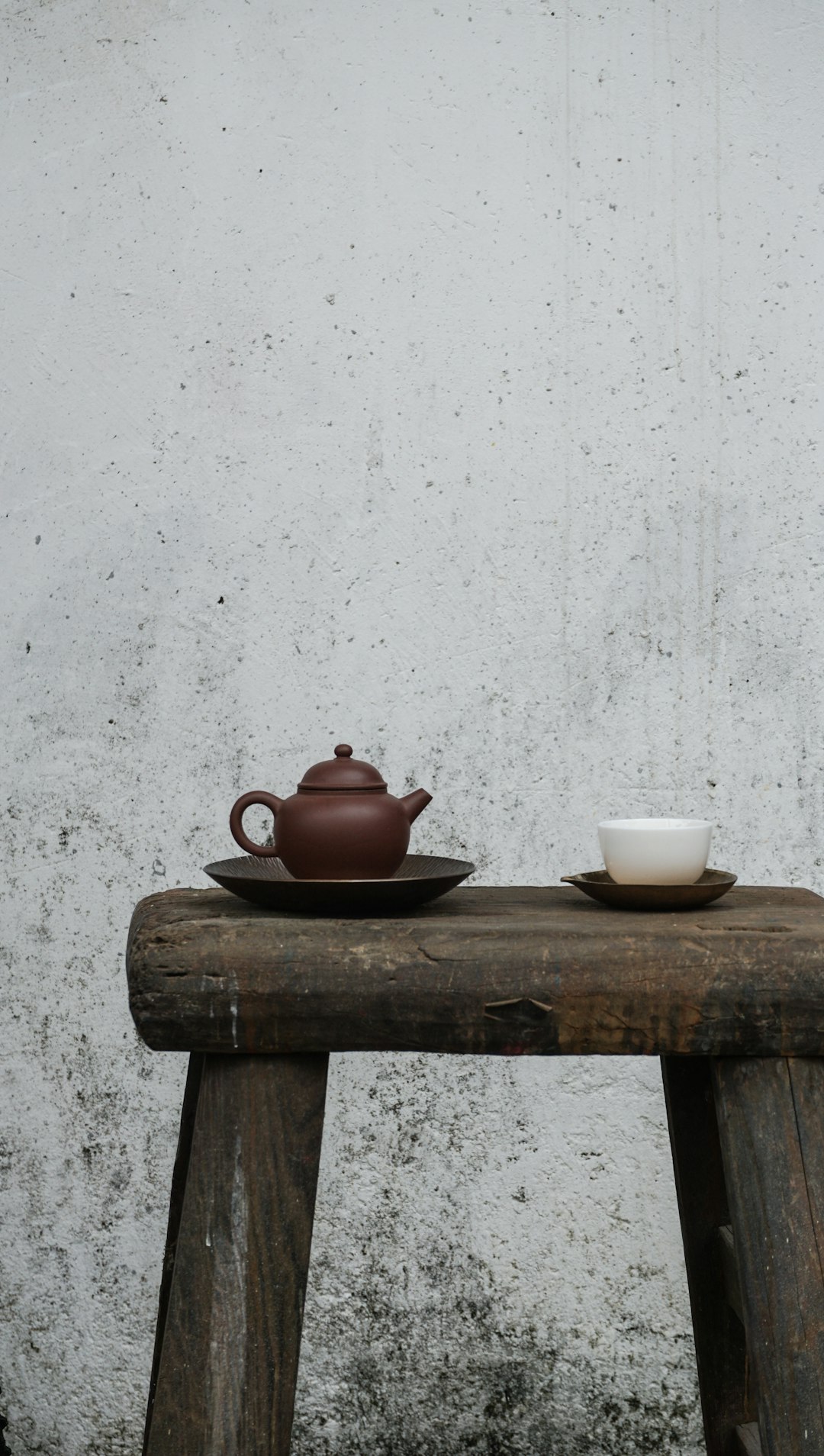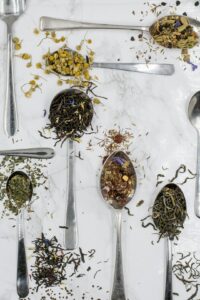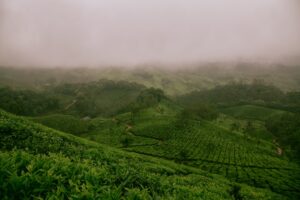Support our educational content for free when you purchase through links on our site. Learn more
Tea Seeds for Planting: A Comprehensive Guide to Cultivating Your Own Tea [2024] 🍵
Quick Answer: Looking to grow your own tea at home? Tea seeds are a great option for starting your tea garden. In this comprehensive guide, we’ll walk you through everything you need to know about tea seeds for planting, from germination to harvesting. We’ll also provide expert tips, product recommendations, and answer frequently asked questions. Let’s get started on your tea-growing journey!
Table of Contents
- Quick Answer
- Quick Tips and Facts
- Background: The Fascinating History of Tea
- Choosing the Right Tea Seeds
- Germinating Tea Seeds
- Caring for Tea Plants
- Harvesting and Processing Tea Leaves
- Growing Tea Kits: A Convenient Option
- Top 10 Tea Facts
- FAQ
- Conclusion
- Recommended Links
- Reference Links
Quick Tips and Facts
Before we dive into the world of tea seeds for planting, here are some quick tips and interesting facts to get you excited:
✅ Tea seeds are the starting point for growing your own tea plants at home.
✅ Tea plants belong to the Camellia sinensis species and can be grown in various climates.
✅ Tea seeds can be challenging to germinate, but with the right techniques, you can achieve success.
✅ It takes around 3-5 years for tea plants to mature and produce leaves suitable for harvesting.
✅ There are different varieties of tea plants, each with its own unique flavor profile.
✅ Growing tea from seeds allows you to experiment with different tea flavors and create your own blends.
✅ Tea plants thrive in well-draining soil and prefer partial shade.
✅ Regular pruning helps maintain the shape and health of tea plants.
✅ The processing method determines the type of tea produced, whether it’s green, black, oolong, or white tea.
✅ Tea has a rich history dating back thousands of years and is deeply rooted in various cultures around the world.
Now that you have a taste of what’s to come, let’s explore the fascinating history of tea and its journey from seed to cup!
Background: The Fascinating History of Tea

Tea has captivated people for centuries with its delightful flavors and soothing properties. The origins of tea can be traced back to ancient China, where it was initially consumed for its medicinal benefits. Legend has it that Emperor Shen Nong discovered tea when a tea leaf accidentally fell into his boiling water, creating a fragrant and refreshing beverage. Since then, tea has become an integral part of Chinese culture and has spread to every corner of the globe.
The tea plant, Camellia sinensis, is a versatile plant that can be grown in different climates and elevations. It thrives in regions with well-draining soil and a moderate climate. Today, tea is cultivated in various countries, including China, India, Japan, Sri Lanka, and Kenya, each producing unique tea flavors influenced by their terroir.
1. Choosing the Right Tea Seeds
When it comes to choosing tea seeds for planting, it’s essential to select high-quality seeds to ensure successful germination and healthy plant growth. Here are some factors to consider:
Tea Plant Varieties
There are several tea plant varieties to choose from, each offering its own distinct flavor and characteristics. The most common tea plant varieties include:
- Camellia sinensis var. sinensis: This variety is known for its delicate flavor and is commonly used to produce green and white teas.
- Camellia sinensis var. assamica: This variety has larger leaves and is often used to produce black and pu-erh teas.
- Camellia sinensis var. cambodiensis: This variety is native to Cambodia and is prized for its unique flavor profile.
Consider your taste preferences and the climate in your area when selecting the tea plant variety that suits you best.
Sourcing Tea Seeds
You can find tea seeds from various sources, including reputable nurseries, online marketplaces, or even fellow tea enthusiasts. Look for suppliers who specialize in tea plants and ensure that the seeds are fresh and viable. It’s also helpful to read reviews and seek recommendations from experienced tea growers.
2. Germinating Tea Seeds
Germinating tea seeds can be a bit challenging, but with the right techniques, you can increase your chances of success. Here’s a step-by-step guide to germinating tea seeds:
Step 1: Seed Preparation
Before sowing the tea seeds, it’s essential to prepare them properly. Soak the seeds in room temperature water for 24 hours to soften the outer shell. This process, known as scarification, helps speed up germination.
Step 2: Seed Sowing
Fill a seed tray or small pots with a well-draining potting mix. Plant the tea seeds about 1/4 inch deep and cover them lightly with soil. Water the soil gently to ensure it’s evenly moist.
Step 3: Ideal Germination Conditions
Tea seeds require specific conditions to germinate successfully. Place the seed tray or pots in a warm and humid environment with temperatures around 70-80°F (21-27°C). You can create a mini greenhouse effect by covering the tray or pots with a plastic dome or plastic wrap.
Step 4: Patience and Care
Germination can take anywhere from a few weeks to several months, so be patient. Keep the soil consistently moist but not waterlogged. Avoid direct sunlight, as it can dry out the soil and harm the delicate seedlings.
Step 5: Transplanting Seedlings
Once the tea seedlings have developed a few sets of true leaves, they are ready to be transplanted into individual pots. Use a well-draining potting mix and provide them with partial shade until they establish strong root systems.
3. Caring for Tea Plants
Tea plants require specific care to thrive and produce healthy leaves. Here are some essential tips for caring for your tea plants:
Sunlight and Temperature
Tea plants prefer partial shade, especially during the hottest part of the day. They thrive in temperatures between 65-85°F (18-29°C). Protect them from extreme heat or cold by providing shade or moving them indoors during harsh weather conditions.
Watering and Soil
Tea plants prefer well-draining soil that retains moisture without becoming waterlogged. Water them regularly, keeping the soil evenly moist but not soggy. Mulching around the base of the plants helps retain moisture and suppresses weed growth.
Pruning and Shaping
Regular pruning helps maintain the shape and health of tea plants. Prune them in early spring to remove dead or damaged branches and promote new growth. This also helps improve air circulation and reduces the risk of diseases.
Fertilizing
Tea plants benefit from regular fertilization to ensure healthy growth and abundant leaf production. Use a balanced organic fertilizer formulated for acid-loving plants. Apply the fertilizer according to the package instructions, usually in early spring and late summer.
4. Harvesting and Processing Tea Leaves
The ultimate reward of growing tea plants is harvesting and processing your own tea leaves. Here’s a step-by-step guide to harvesting and processing tea leaves:
Step 1: Harvesting
Tea leaves are best harvested when they are young and tender. Look for the top two to three leaves and the bud. Use sharp scissors or pruning shears to carefully snip the leaves, avoiding any damage to the plant.
Step 2: Withering
After harvesting, spread the tea leaves in a single layer on a clean, dry surface. Allow them to wither for several hours or overnight. This process reduces moisture content and prepares the leaves for the next step.
Step 3: Oxidation (Optional)
If you’re making black or oolong tea, you’ll need to oxidize the leaves. This process involves exposing the leaves to air, which triggers enzymatic reactions and changes their flavor and aroma. Oxidation times vary depending on the desired tea type.
Step 4: Drying
Once the leaves have withered or oxidized, it’s time to dry them. You can use a food dehydrator, an oven set to a low temperature, or simply air-dry them in a well-ventilated area. The goal is to remove all moisture from the leaves while preserving their flavor and aroma.
Step 5: Enjoying Your Homemade Tea
Congratulations! You’ve successfully grown and processed your own tea leaves. Brew them according to your preference and savor the flavors of your labor.
5. Growing Tea Kits: A Convenient Option
If you’re new to tea gardening or prefer a more convenient option, growing tea kits are worth considering. These kits provide everything you need to start growing tea plants at home, including pre-selected tea seeds, potting mix, and detailed instructions. They are a great way to kickstart your tea-growing journey and ensure a higher chance of success.
When choosing a tea growing kit, look for reputable brands that offer high-quality seeds and comprehensive instructions. Read reviews from other tea enthusiasts to gauge the kit’s effectiveness and customer satisfaction.
6. Top 10 Tea Facts
Tea is a fascinating beverage with a rich history and cultural significance. Here are some intriguing tea facts to expand your tea knowledge:
- Tea is the second most consumed beverage in the world, after water.
- The tea plant, Camellia sinensis, is a member of the evergreen family.
- The caffeine content in tea varies depending on the type and brewing method.
- The world’s most expensive tea is called Da Hong Pao and can cost thousands of dollars per ounce.
- Matcha, a powdered green tea, is used in traditional Japanese tea ceremonies.
- Tea bags were invented in the early 20th century as a convenient way to brew tea.
- The term “tea” can refer to both the beverage and the plant itself.
- Herbal teas, such as chamomile and peppermint, are not technically tea as they don’t come from the Camellia sinensis plant.
- The tea industry employs millions of people worldwide, particularly in tea-growing regions.
- Tea has numerous health benefits, including antioxidant properties and potential immune-boosting effects.
Now that you’re armed with these tea facts, impress your friends and family with your tea expertise!
FAQ

Can you grow tea plant from seed?
Yes, you can grow tea plants from seeds. However, it’s important to note that tea seeds can be challenging to germinate. Patience, proper seed preparation, and ideal germination conditions are key to increasing your chances of success.
Read more about “Can you grow tea plant from seed?”
How long does it take for tea tree seeds to germinate?
Tea tree seeds can take anywhere from a few weeks to several months to germinate. The germination process can be slow and requires consistent care and attention. Be patient and provide the ideal conditions for germination.
Which is the best tea plant?
The best tea plant depends on your taste preferences and the climate in your area. Camellia sinensis var. sinensis is known for its delicate flavor and is commonly used to produce green and white teas. Camellia sinensis var. assamica has larger leaves and is often used to produce black and pu-erh teas. Consider your desired tea flavors and the growing conditions in your region when choosing the best tea plant for you.
Read more about “Growing Teas Indoors: A Comprehensive Guide to Cultivating Your Own Tea … 🍵”
Can I grow tea in my garden?
Yes, you can grow tea in your garden if you have the right growing conditions. Tea plants thrive in well-draining soil, partial shade, and moderate temperatures. Consider the climate in your area and ensure you can provide the necessary care and maintenance for tea plants.
Read more about “7 Surprising Facts About Growing Green Tea in the US …”
Conclusion

Growing tea from seeds is a rewarding and fulfilling experience that allows you to create your own tea blends and savor the flavors of your labor. While it can be challenging at times, with the right techniques and care, you can successfully cultivate your own tea garden at home.
Remember to choose high-quality tea seeds, provide ideal germination conditions, and care for your tea plants diligently. Harvesting and processing your own tea leaves adds an extra level of satisfaction to your tea-drinking experience.
Whether you’re a tea enthusiast or a beginner looking to explore the world of tea, growing tea from seeds opens up a world of possibilities. Start your tea-growing journey today and enjoy the delights of homegrown tea!
Recommended Links
- Green Tea Cultivation
- Herbal Tea Planting
- Tea Plant Varieties
- Soil and Climate for Tea
- Tea Market Trends
- Growing Teas Indoors






